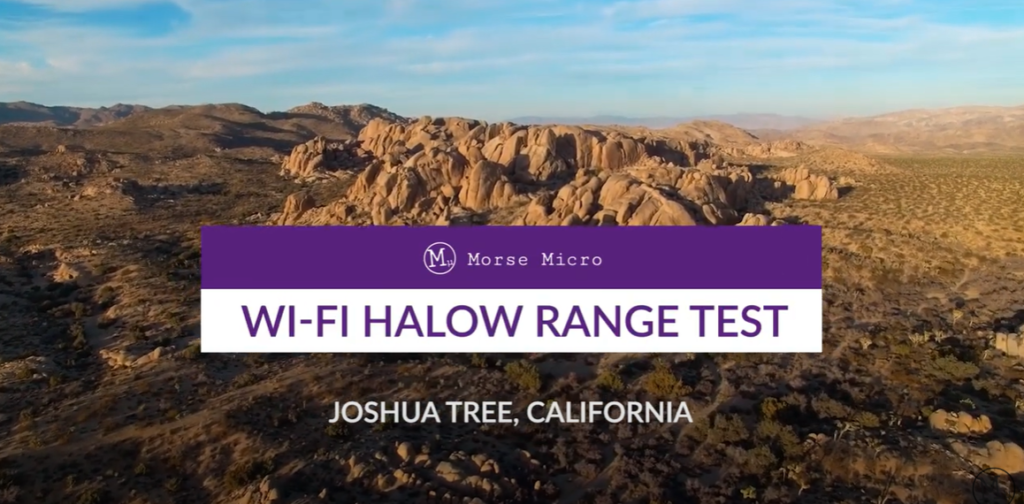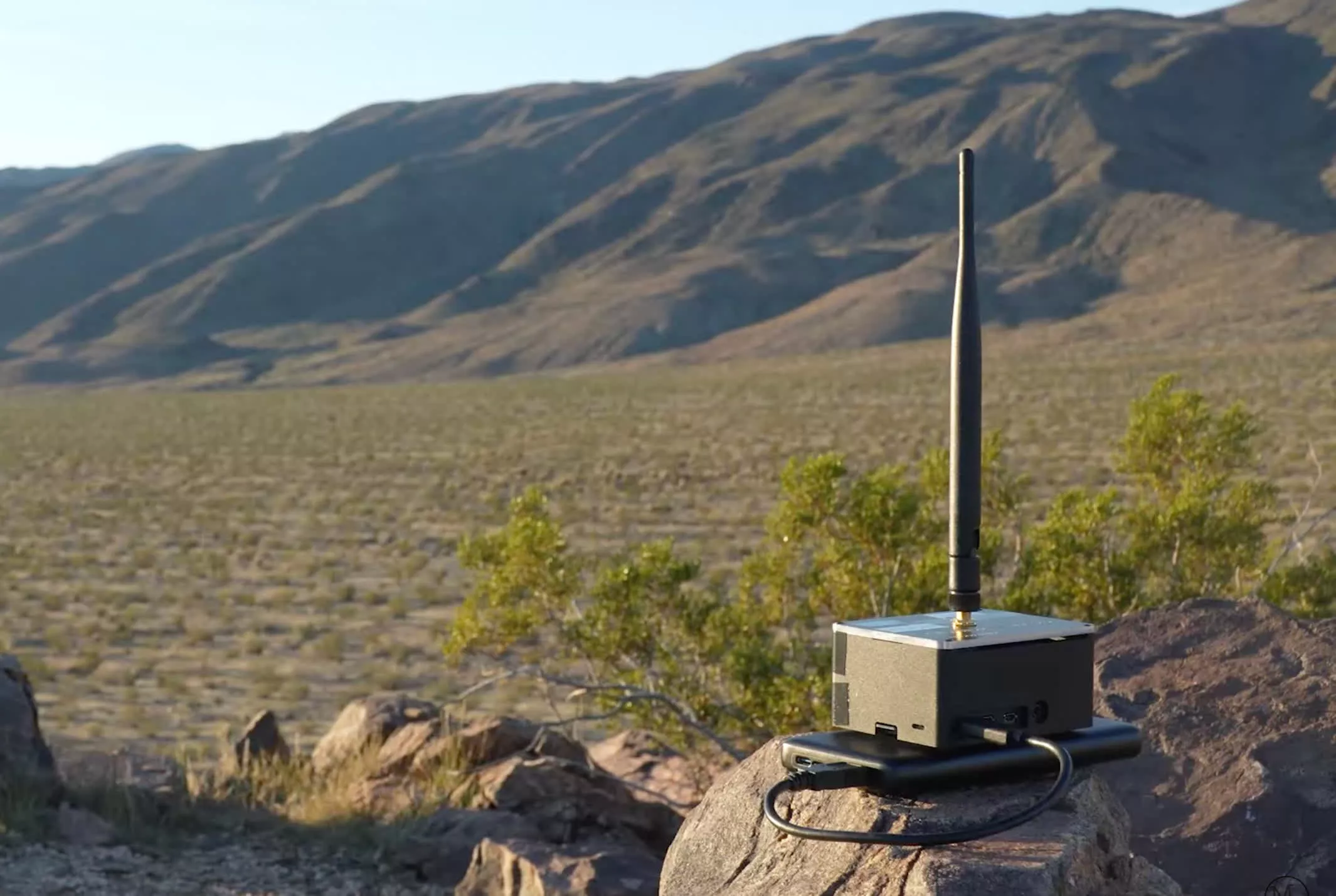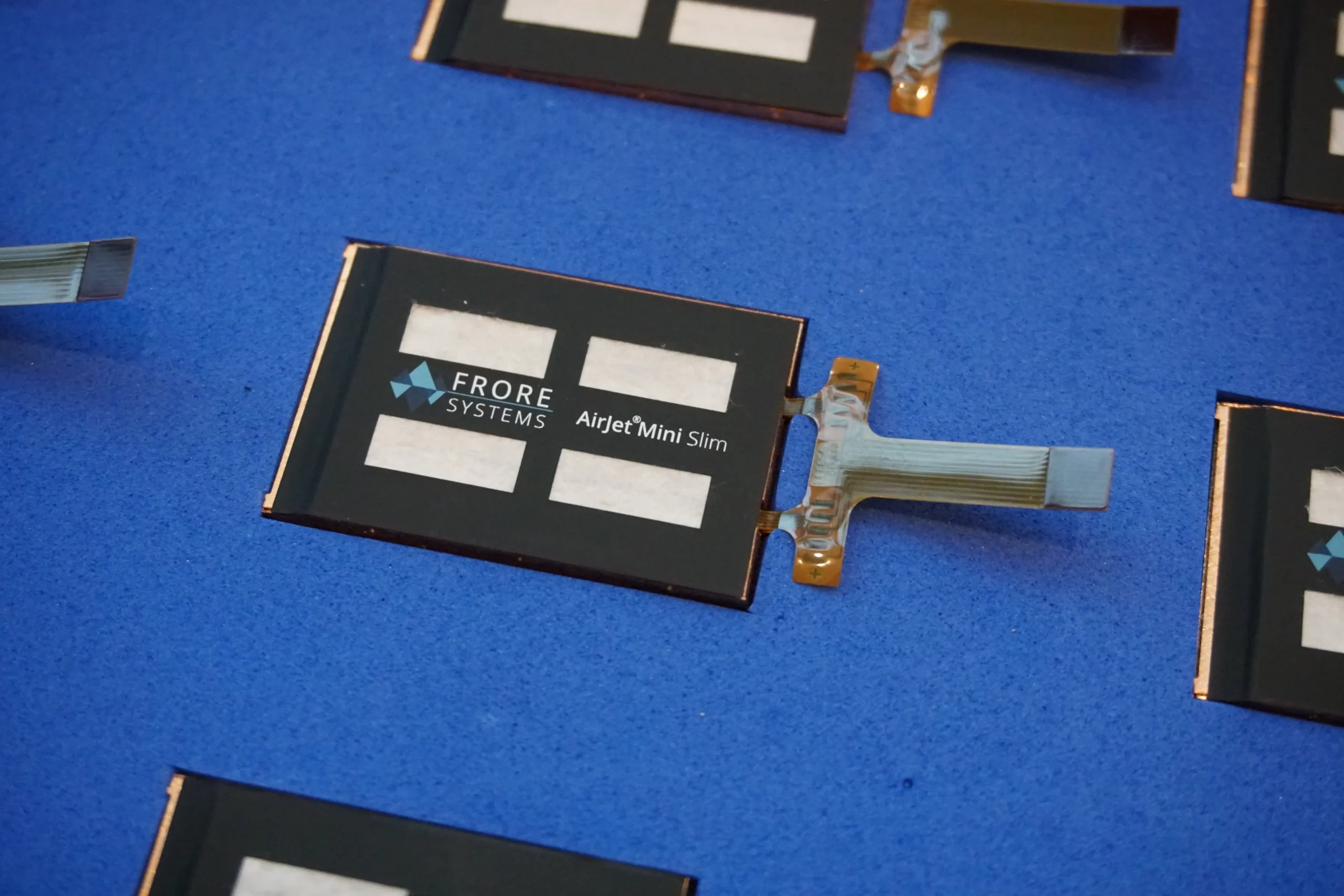
Wi-Fi networks are often limited in range, especially in dense urban environments where signals struggle to penetrate walls and interference abounds. For those living in rural areas or open spaces, however, Morse Micro has showcased a groundbreaking solution that pushes Wi-Fi’s potential to new limits. Leveraging the 802.11ah standard—better known as HaLow—Morse Micro’s system recently achieved a stable Wi-Fi connection over an impressive distance of 9.9 miles (15.9 kilometers). This was made possible by using low-frequency radio bands, optimized hardware, and a bit of ingenuity.
HaLow is designed for long-range, low-power Wi-Fi connectivity, and it’s technically compatible with some consumer hardware. But Morse Micro’s setup utilizes proprietary enhancements, further extending the range. Initial testing was performed in San Francisco, where Morse Micro’s access points achieved stable video connections at 1.8 miles (2.9 kilometers). This test underscored the potential in less densely populated urban areas, but to explore the true limits, the company’s engineers took their setup to the expansive Joshua Tree National Park in California.
With a line-of-sight connection and minimal interference, Morse Micro successfully established a Wi-Fi link at nearly 10 miles. Though the connection only provided around 2 megabits per second—a modest speed by modern standards—it was enough for essential activities like emails and VOIP calls. This achievement highlights HaLow’s versatility and suitability for settings like rural homes, agricultural fields, or large properties, where traditional internet solutions are impractical or unavailable.
Morse Micro’s breakthrough holds great promise for rural connectivity, potentially enabling affordable and reliable internet for farms, remote residences, and even tourism-focused properties. As Wi-Fi technology continues to evolve, this kind of development could redefine connectivity options for those who live beyond the reach of conventional networks.




